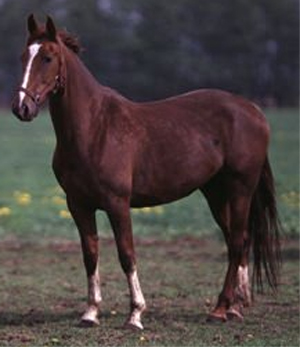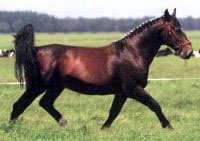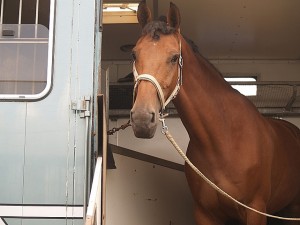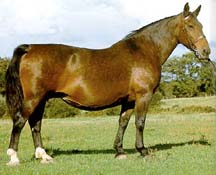



|
Groningen Qualities
Groningen qualities are generally thought of as very strong and purposeful horses. They are also referred to as being willing and reliable animals. Commonly, the Groningen breed is used as a harness animal, though also for riding purposes. They are found in Germany, The Netherlands, Belgium, Amsterdam, Groningen, and other lands around the North Sea. They are also referred to as the Groningse Paard horse in many lands.
Groningen Temperament
The temperament of a Groningen horse is considered rather calm and sweet. A gentle and thoughtful horse, they are light at heart and are overall easy animals to care for. They bode an easy and laid back attitude, making it much less challenging to train them and see them transition into an adult horse.
Groningen Appearance
The Groningen horse stands around sixteen hands when fully grown. Mostly bred in black, browns, and bay colors, they appear to be a shorter breed, but in actuality they are the same size as many other breeds, though their bellies seem to hang lower than some stallions. They bode the common convex profile and have very muscular quarters. One common issue can be that the Groningen horses are being inbred. Some of the warm blood breeds must endure testing specifically for this exact reason prior to being given the permission to breed, otehrwise defects can abound.
Groningen Upkeep
The upkeep of a Groningen horse is quite simple, seeing as they have such pleasant attitudes they make it a cinch to get past those training years. They are able to reside in many climates and are also rather resourceful, so in many ways they can survive on their own. In addition to that, they also have a bond with their owners and a loyalty with their families that is unlike most other animals.
Groningen History
The Groningen horse comes from The Netherlands. In the beginning, they were created to be used for farming purposes or an agricultural grounds. By the later part of the nineteenth century, these horses were virtually extinct as their predecessor, the Dutch Warmblood, grew closer to taking their spot in horse culture. It was down to all but one of this breed, a Groningen named 'Baldewijn'. Local breeders began changing them by breeding the Groningens with the Oldenburg styles to create a more abundant supply of this unique horse. They went on further to place in Thoroughbred and Hanoverian lines additionally. The result was a horse much larger in size than some of the other similar styles, like the Dutch Warmblood and the Gelderland, without as much personality or desire for attention than those breeds. Currently, they are not thought of as extinct, but they are low in numbers, falling somewhere just over three hundred in total currently living.
|